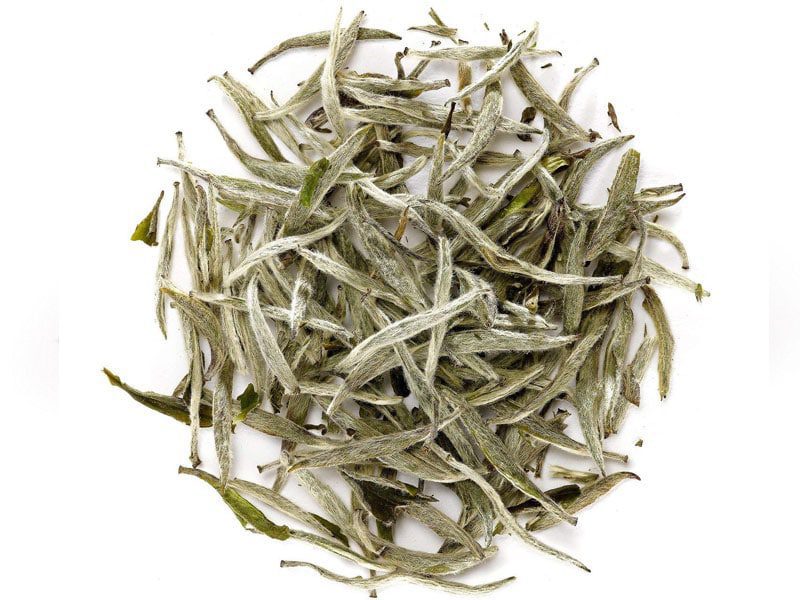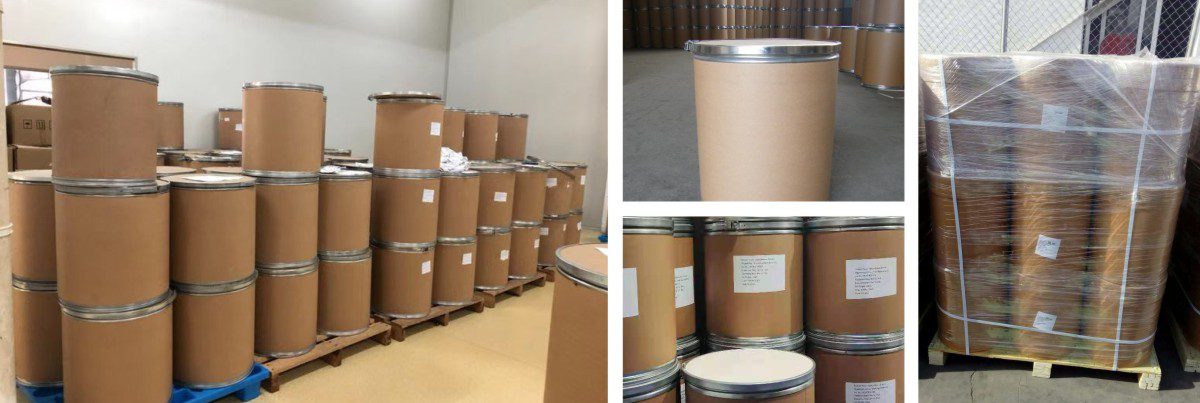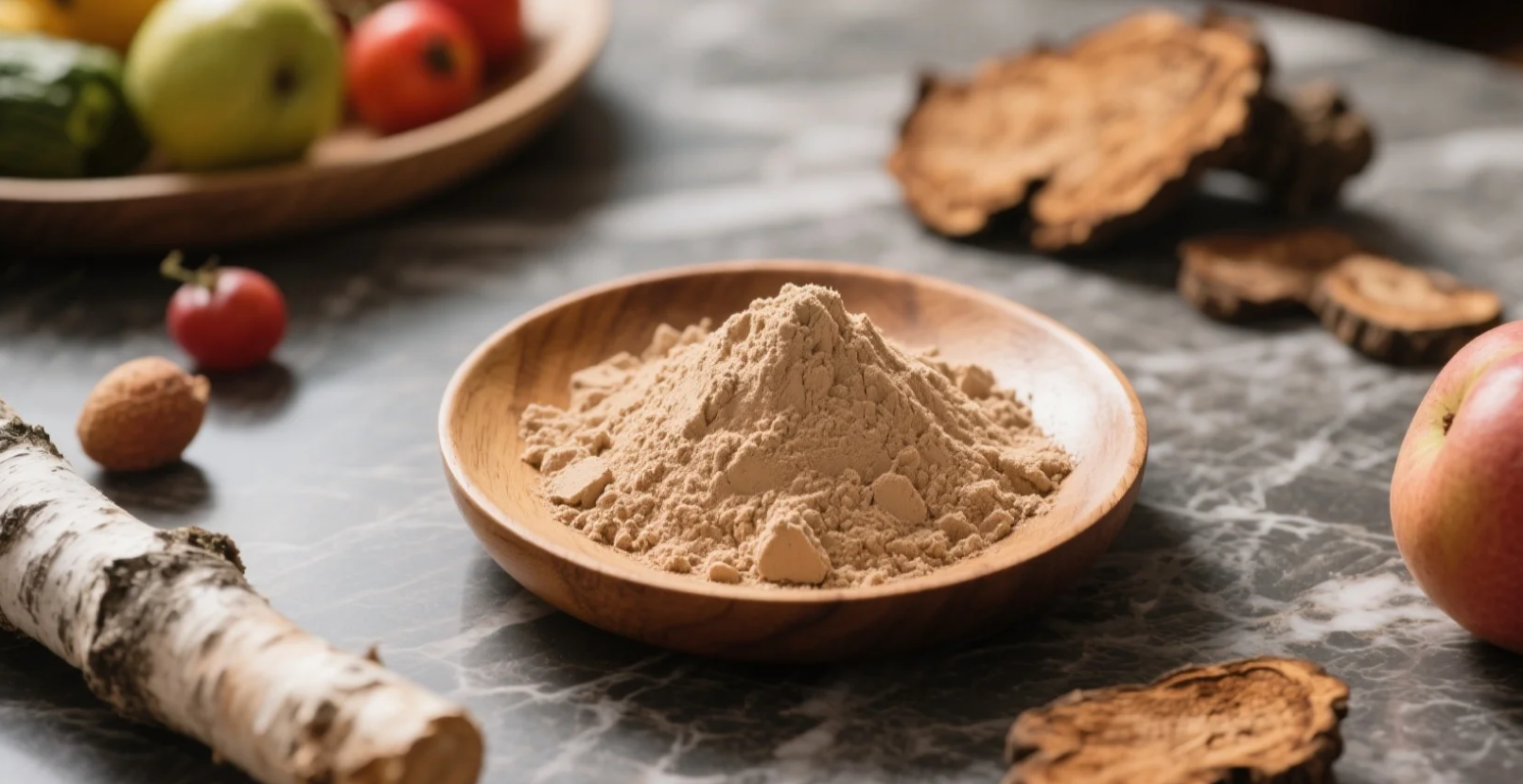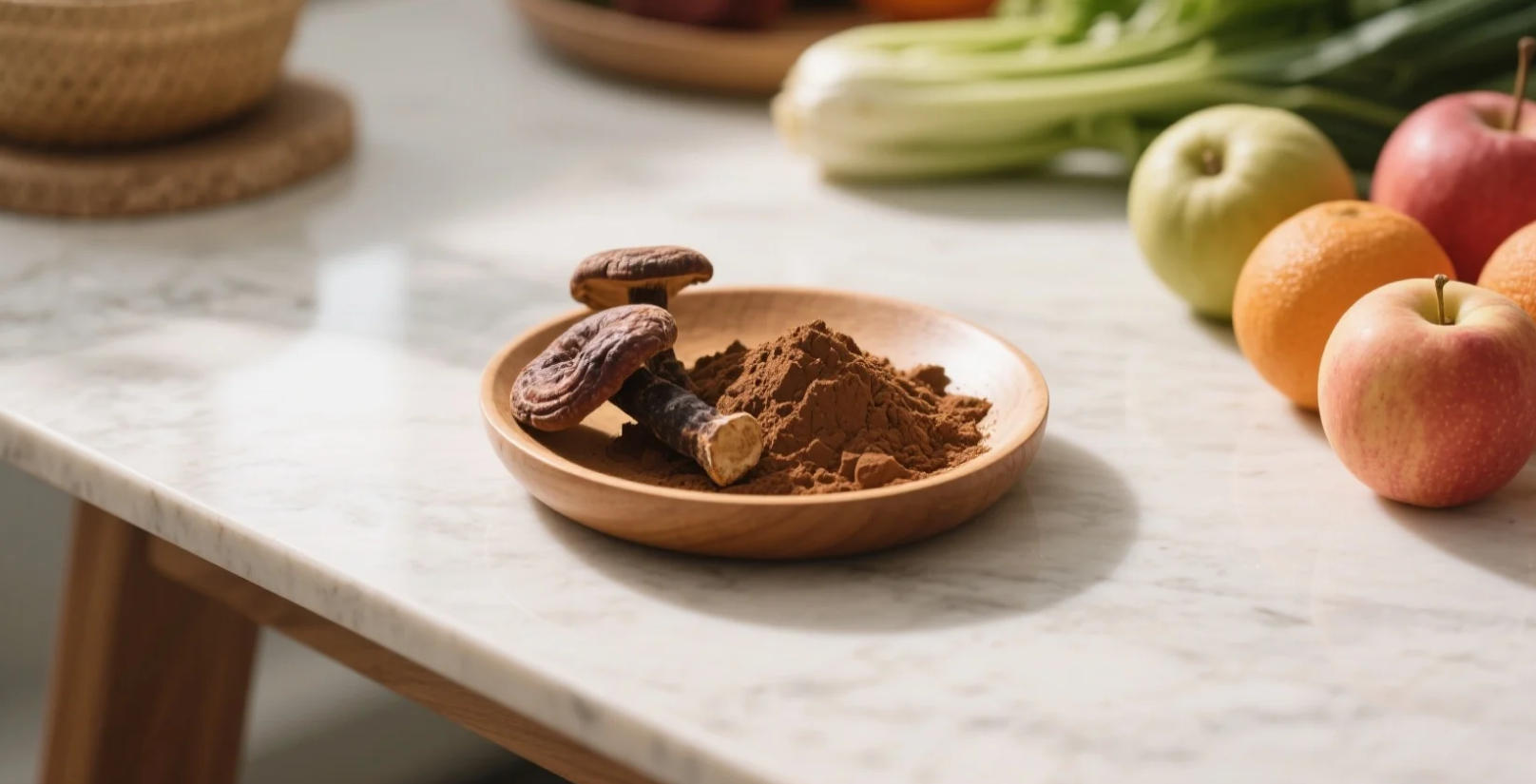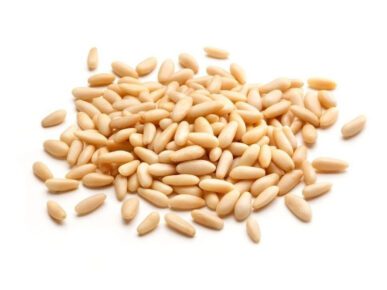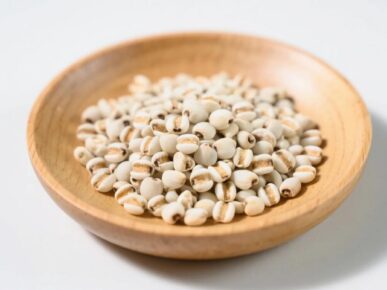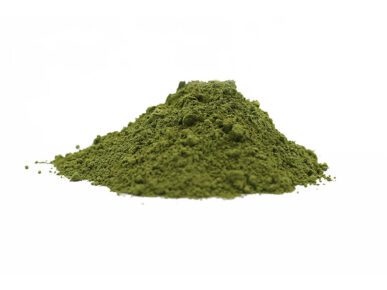Organic white tea may refer to one of several styles of tea that generally feature young and/or minimally processed leaves of the Camellia sinensis plant. Currently, there is no generally accepted definition of white tea and very little international agreement; some sources use the term to refer to tea that is merely dried with no additional processing, while others include tea buds and very young leaves which have been steamed or fired before drying. Most definitions agree, however, that white tea is not rolled or oxidized, resulting in a flavor that is characterized as “lighter” than green or traditional black teas.
It is harvested primarily in China, mostly in the Fujian province, but more recently it is produced in Eastern Nepal, Taiwan, Northern Thailand, Galle (Southern Sri Lanka), and India.
White tea comes from the buds and immature tea leaves that are picked shortly before the buds have fully opened. The leaves and buds are allowed to wither and dry in the natural sun.
The name “white tea” derives from the fine silvery-white hairs on the unopened buds of the tea plant, which gives the plant a whitish appearance. The beverage itself is not white or colorless but pale yellow and light to the taste.
